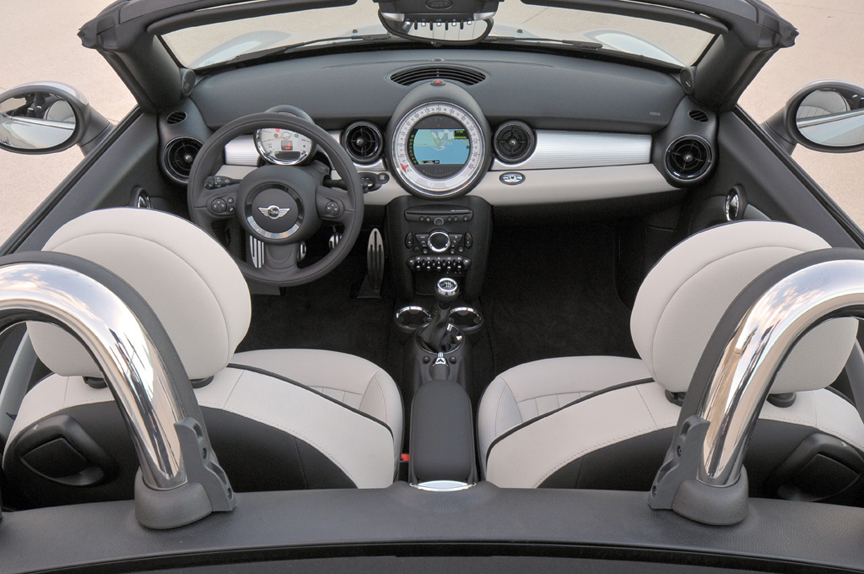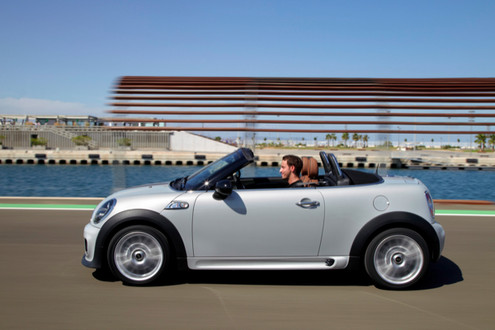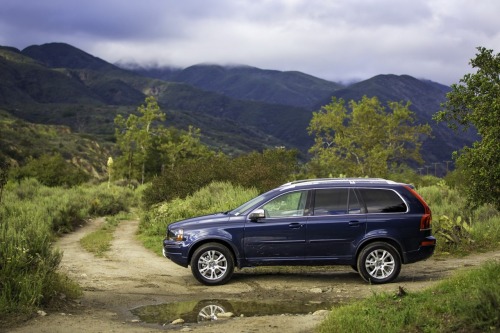This week, I come to test a
head on rival with the world famous, Mini Cooper. Due to the A1’s global
success, Audi has decided to launch a 5-door, sportback version.
·
Design &
Engineering:
From the front, the
sportback still manages to retain its fresh and funky, youthful look and appeal
from the original A1. From the side though, things start to change. For
instance, the addition of two doors, and the quarter glass on the C-pillars,
with contrasting roof rail colours. The five-door, model has grown 6mm taller
and wider than the original model, which allows for noticeably more headroom in
the rear. From the rear, the Audi looks as good as ever—perhaps even better
with the extended wheelbase. The car we had came with the S-line model spec,
thus coming with grayed aluminium style 18-in wheels, and an aerodynamic body
kit.
·
Interior
Upfront, the dashboard is
a wonder to use—simple, yet packed with oodles of features. As the exterior
sports a funky and unique design, the interior sports Audi’s new ‘circular’
steering wheel and revised MMI system. In addition, the interior is highly
customizable, with the option to specify the colours of the inlay panels around
the air vents (shaped like those of a turbofan engine pod), center console, and
doors. Other customizable areas include sporty looking and superbly supportive
S-line seats with integrated head restraints and contrasting colour schemes for
the seat inserts. As for the sound system, the option for an audiophile’s BOSE
sound system is available, and works brilliantly with the (optional) MMI
system, which reads SD cards, I-pods, and USB’S, and so on. At the rear, the
sportback separates itself from its younger sibling, with the addition of a
full bench seat. With the additional space, the bench can seat two adults and a
child rather comfortably. Unfortunately, being a compact car, the A1 sportback
does not excel too well in rear seating space area, thus strapping passengers
in the back (apart from children) for long drives down the coast or for a road
trip, wouldn’t be of the best idea. Overall, build quality is superb, with
every thing—from the knobs, to the handles, and to the infotainment system,
being properly fit and finished.
·
Ride & Handlings
Like the 3-door, the same
super and turbocharged 1.4 TFSI engine powers the sportback. Compared to the
base 122BHP model, the 185BHP, S-line model is noticeably livelier and robust. As
Audi’s signature QUATTRO 4-wheel drive system is not available as of yet on all
A1’s, the sportback’s power is sent to the front wheels. Nevertheless, the
7-speed DSG transmission works well with both engine variants, apart from a few
lags in gearshifts when in lower speeds. Overall, the power source is more than
enough, and provides one with a comfortable ride, nifty handling, and
smile-inducing drive.
·
Verdict
In terms of perceived luxury
and build quality, the A1 excels in this sector, as well as when it comes to
power on tap. With an ultra modern design, highly customable interior and
exterior, and 5 seats, the A1 sportback sure is providing competition for the
Mini lineup.
o
Pictures from:
o
http://joosss.com/wp-content/uploads/2011/11/2012-Audi-A1-Sportback-Rear-Seat.jpg














